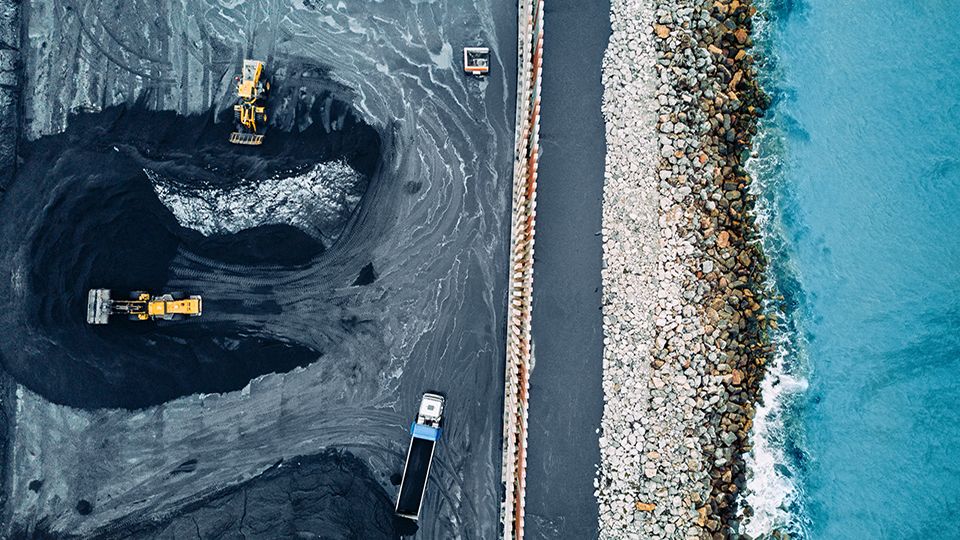Since the adoption of the Paris Agreement, companies have been pledging to decarbonise. While sometimes viewed as carbon intensive, the tech sector, and in particular digital infrastructure, has been pioneering sustainable strategies that simultaneously support global economic development and protect the planet.
The COP27-linked Decarbonisation Day is an opportune moment to examine the innovative strategies being deployed to meet a rapidly growing demand for sustainable, secure global connectivity: and to reflect on areas for improvement.
See also: – All ESG Clarity’s COP27 coverage
UN sustainability goals and the challenges and opportunities for infrastructure
Building out resilient infrastructure, fostering innovation, and promoting inclusive and sustainable industrialisation are the core pillars of UN Sustainable Goal 9. At the same time, demand for global connectivity and the democratisation of internet access is growing rapidly. Over the last 10 years alone, the volume of data in the world has increased by a staggering 3300%. Digital infrastructure projects – including data centres, subsea cables, and wireless networks – are more crucial than ever to facilitate this digital revolution.
Aligning this skyrocketing demand with 2030 and 2050 emissions targets is not easy. While undoubtedly challenging, the digital infrastructure sector has nevertheless emerged as a leader in the scramble to decarbonise the tech space.
Breaking with tradition to drive decarbonisation and add value
Data centres are the brain of the internet. They store data and each day process billions of data interactions. But cooling humming servers around the clock is not easy. It requires vast electricity usage – electricity often in short supply and generated by polluting fossil fuels, especially in the traditional data centre markets of London, Amsterdam, Dublin and Frankfurt.
Breaking away from these traditional data centre locations can mitigate the environmental impact of the internet. It is more effective to migrate energy-intensive, latency-insensitive data and applications to areas of abundant and secure renewable energy. The efficiency of data centres is described by their PUE metric (‘Power Usage Effectiveness’). It is far easier to achieve a lower PUE value in colder climates as the outside air can be used to cool equipment to the optimal temperature.
Increasingly we’re seeing the Nordic region, which has the lowest power prices in Europe, emerge as a key market for data centres, thanks to its geographical advantage and plentiful renewable energy. Access to this renewable energy means any additional power needs can be covered without the use of hydrocarbons, further reducing carbon emissions.
For example, Nordic data centre platform Verne Global emits less than 2% the emissions of a UK data centre and uses 100% baseload renewable energy from geothermal and hydroelectric.
With energy costs rising, favouring Nordic renewable sources for data centres not only reduces emissions; it also saves money and increases energy security.
Research as the gateway to new opportunities
The digital infrastructure space is host to innovative new solutions that both improve the internet and crucially reduce emissions. Global data centre operators are exploring alternative fuel sources that can be used to minimise the carbon footprint of existing setups. Particularly exciting is the growing interest in hydrogen. Verne Global is the first data centre in the Nordics to trial hydrogen fuel cell back-up systems.
More attention is also being directed at ability of subsea cables to improve the sustainability of the internet. Subsea fibre transmits over 98% of international data between countries. Aqua Comms is supporting pioneering research by NYU into the carbon efficiency of subsea cables and maximising the environmental sustainability of digital infrastructure. This research will offer guiding insights into a previously little-studied field, in turn helping steer companies towards lower-carbon operations.
Important next steps
Digital infrastructure is the key to closing the digital divide and driving economic growth and social development globally. Internet access is opening up opportunities to previously excluded markets, while healthtech and edutech innovation should improves lives across the world. Yet, with rising temperatures and freak weather events becoming the norm, a targeted focus on sustainable business has never been more critical.
Building out global connectivity need not be seen as a trade off with decarbonisation targets. Integrating new technologies and promoting research-driven initiatives holds the key to sustainable interconnectivity. Positioned at the cutting edge of climate-friendly technology, digital infrastructure presents a strong investment case that targets returns and helps the planet.









